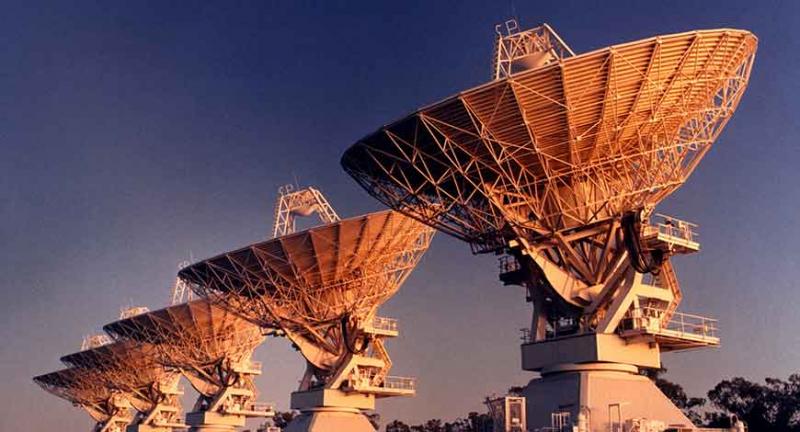In the vastness of space, communication is the lifeline that connects us to the far reaches of the cosmos. Space ground station equipment plays a crucial role in facilitating this vital communication link between spacecraft, satellites, and missions in space and the Earth. These ground stations act as intermediaries, receiving and transmitting signals to and from space-based assets, enabling us to explore distant planets, monitor weather patterns, conduct scientific research, and communicate across continents. With an intricate array of antennas, receivers, and transmitters, space ground station equipment forms an indispensable infrastructure that supports a wide range of space missions and activities.
Ground stations are strategically located around the globe to provide continuous coverage and ensure seamless communication with space missions. They are typically positioned in areas with minimal radio interference and favorable weather conditions, ensuring reliable and uninterrupted communication with spacecraft. The equipment used in these stations is highly specialized, designed to handle the unique challenges of space communication, such as long distances, weak signals, and potential signal interference. These advanced systems use parabolic dish antennas to capture and focus signals from space, and sophisticated receivers and transmitters to process and transmit data with precision.
In conclusion, space ground station equipment is the backbone of space communication, serving as the essential link that connects us to the cosmos. These advanced systems enable us to explore space, conduct scientific research, and communicate across the vast distances of our universe
